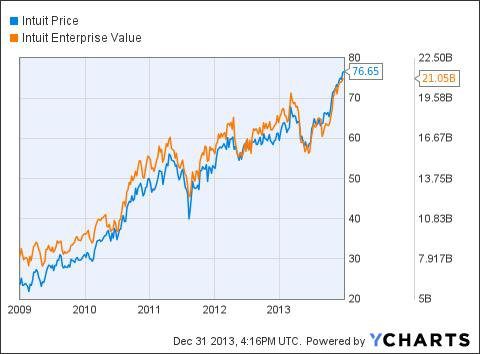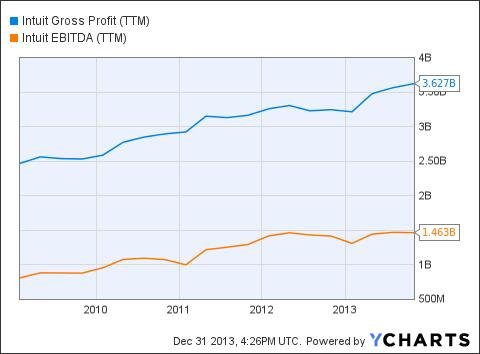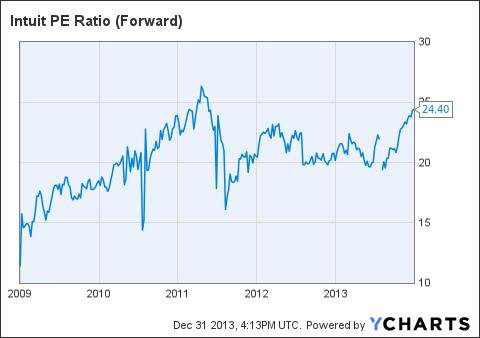Dan Ritter for Wall St CheatSheet / USA Today writes: The start of a new calendar year is a busy time in the world of personal finance. For the most part, as far as the Internal Revenue Service
is concerned, what happened in 2013 will stay in 2013 — 2014 is a new
year, and households often take the time to balance holiday-stretched
budgets and plan for the new year.
Unless you are already comfortably retired (and if so, congratulations!), it is probably worth your while to plan your finances, in particular your contributions toward retirement. If you don't have a clear strategy, perhaps now is the time to develop one. If you do, it is always wise to make sure that it is effective and efficient and that you are executing it well.
A top consideration when you sit down to do all this strategizing is how severely Uncle Sam is going to hit you with the tax bat. First, stay up to date on your tax bracket so you know what to expect come year's end. Second, make sure you are taking deductions where you earn them. Believe it or not, the government wants to incentivize smart financial behavior, and the more savvy you are with your retirement savings, the more tax advantages you can receive.
Here are a few things to get you started.
1. 401k — if you have it, use it
A 401k has several valuable benefits, and one of the best is that it can be funded with pre-tax earnings. That is, when you elect to have part of your paycheck deducted and contributed directly to a 401k, this part of your salary isn't counted toward your taxable income at the end of the year.
What this means is that your contributions to the plan aren't subject to most federal or state taxes (there's little escape from earned income taxes such as payroll and Social Security, which you will still be pinged for), effectively lowering your total taxable income. Keep in mind that you receive this tax benefit each time a 401k contribution is deducted from your paycheck, so you don't take a formal deduction on your tax return for the sum of your contributions.
401k contributions can have an effect on your take-home pay, as well. If your employer withholds money from your paycheck for federal income taxes, that withholding is based on your expected taxable income. Since your expected taxable income is reduced to below your actual salary when you contribute to a 401k, the withholding will be smaller.
There are online calculators available if you want to get an idea of how a contribution to a 401k could affect your paycheck.
Remember that contributing to a traditional 401k is only a temporary tax windfall, and that taxes will be levied on funds withdrawn from the account. 401k contributions will be limited at $17,500 per year for people younger than 50, while those older than 50 may contribute up to $23,000.
2. If you don't have a 401k, open an IRA
If you don't have access to a 401k account, you should definitely consider an IRA — an individual retirement account. There are some important conditions that apply in order to be eligible to contribute to an IRA, but for the most part, if you are under the age of 70.5 years old and you earn a reported income from your employer, you can open an IRA with any number of financial institutions.
An IRA works like a 401k in that your contributions will, pending certain conditions, lower your taxable income (you will still be subject to earned income taxes like payroll and Social Security regardless of IRA contributions). The annual limit on contributions to an IRA for those younger than 50 is $5,500 and $6,500 for those older than 50.
The amount you will be able to deduct depends on a number of factors. For example, in 2014, you will not get an IRA contribution deduction if you are a single adult or a head of household who has a workplace retirement plan and has an adjusted annual gross income of between $60,000 and $70,000.
There are a number of conditions that apply to the eligibility of IRA contributions for deduction, but there's a good chance that if you don't have access to a retirement plan through work, opening an IRA could make your financial life much easier.
For the record, you can often still contribute to an IRA even if you have a work-sponsored retirement savings plan, but your contributions may not count toward a tax deduction. The IRS has tons of literature on the limits.
3. The saver's credit
When it comes to saving for retirement, one of the biggest problems facing most Americans is that they simply don't have enough money to put away. Millions of Americans live paycheck to paycheck, and the idea of setting aside 10 or even 5 percent of their income for retirement is simply not feasible.
The IRS has afforded additional tax credits for those with lower income. If you are single filer with income up to $30,000 and you make eligible contributions to a qualified retirement savings account, you can earn a tax credit worth a percentage of your contribution. The percentage depends on your income — the less you make, the greater it is.
For households, the income limit is $60,000 per year, and for heads of households, the income limit is $45,000 per year. The compelling thing about this tax credit is that it stacks with the tax advantages offered by traditional savings vehicles.
Unless you are already comfortably retired (and if so, congratulations!), it is probably worth your while to plan your finances, in particular your contributions toward retirement. If you don't have a clear strategy, perhaps now is the time to develop one. If you do, it is always wise to make sure that it is effective and efficient and that you are executing it well.
A top consideration when you sit down to do all this strategizing is how severely Uncle Sam is going to hit you with the tax bat. First, stay up to date on your tax bracket so you know what to expect come year's end. Second, make sure you are taking deductions where you earn them. Believe it or not, the government wants to incentivize smart financial behavior, and the more savvy you are with your retirement savings, the more tax advantages you can receive.
Here are a few things to get you started.
1. 401k — if you have it, use it
A 401k has several valuable benefits, and one of the best is that it can be funded with pre-tax earnings. That is, when you elect to have part of your paycheck deducted and contributed directly to a 401k, this part of your salary isn't counted toward your taxable income at the end of the year.
What this means is that your contributions to the plan aren't subject to most federal or state taxes (there's little escape from earned income taxes such as payroll and Social Security, which you will still be pinged for), effectively lowering your total taxable income. Keep in mind that you receive this tax benefit each time a 401k contribution is deducted from your paycheck, so you don't take a formal deduction on your tax return for the sum of your contributions.
401k contributions can have an effect on your take-home pay, as well. If your employer withholds money from your paycheck for federal income taxes, that withholding is based on your expected taxable income. Since your expected taxable income is reduced to below your actual salary when you contribute to a 401k, the withholding will be smaller.
There are online calculators available if you want to get an idea of how a contribution to a 401k could affect your paycheck.
Remember that contributing to a traditional 401k is only a temporary tax windfall, and that taxes will be levied on funds withdrawn from the account. 401k contributions will be limited at $17,500 per year for people younger than 50, while those older than 50 may contribute up to $23,000.
2. If you don't have a 401k, open an IRA
If you don't have access to a 401k account, you should definitely consider an IRA — an individual retirement account. There are some important conditions that apply in order to be eligible to contribute to an IRA, but for the most part, if you are under the age of 70.5 years old and you earn a reported income from your employer, you can open an IRA with any number of financial institutions.
An IRA works like a 401k in that your contributions will, pending certain conditions, lower your taxable income (you will still be subject to earned income taxes like payroll and Social Security regardless of IRA contributions). The annual limit on contributions to an IRA for those younger than 50 is $5,500 and $6,500 for those older than 50.
The amount you will be able to deduct depends on a number of factors. For example, in 2014, you will not get an IRA contribution deduction if you are a single adult or a head of household who has a workplace retirement plan and has an adjusted annual gross income of between $60,000 and $70,000.
There are a number of conditions that apply to the eligibility of IRA contributions for deduction, but there's a good chance that if you don't have access to a retirement plan through work, opening an IRA could make your financial life much easier.
For the record, you can often still contribute to an IRA even if you have a work-sponsored retirement savings plan, but your contributions may not count toward a tax deduction. The IRS has tons of literature on the limits.
3. The saver's credit
When it comes to saving for retirement, one of the biggest problems facing most Americans is that they simply don't have enough money to put away. Millions of Americans live paycheck to paycheck, and the idea of setting aside 10 or even 5 percent of their income for retirement is simply not feasible.
The IRS has afforded additional tax credits for those with lower income. If you are single filer with income up to $30,000 and you make eligible contributions to a qualified retirement savings account, you can earn a tax credit worth a percentage of your contribution. The percentage depends on your income — the less you make, the greater it is.
For households, the income limit is $60,000 per year, and for heads of households, the income limit is $45,000 per year. The compelling thing about this tax credit is that it stacks with the tax advantages offered by traditional savings vehicles.


